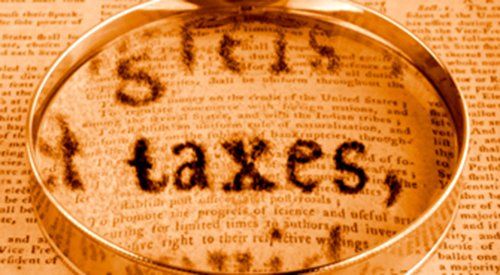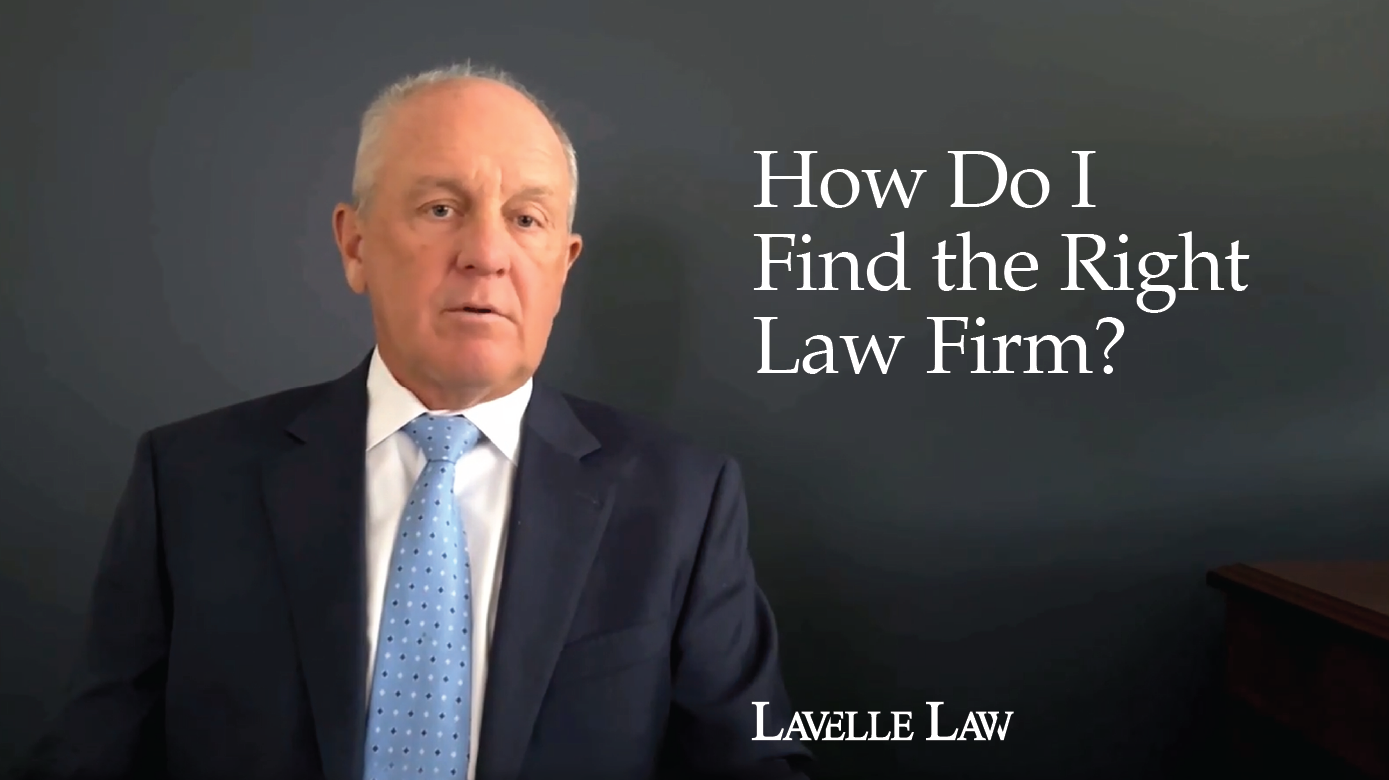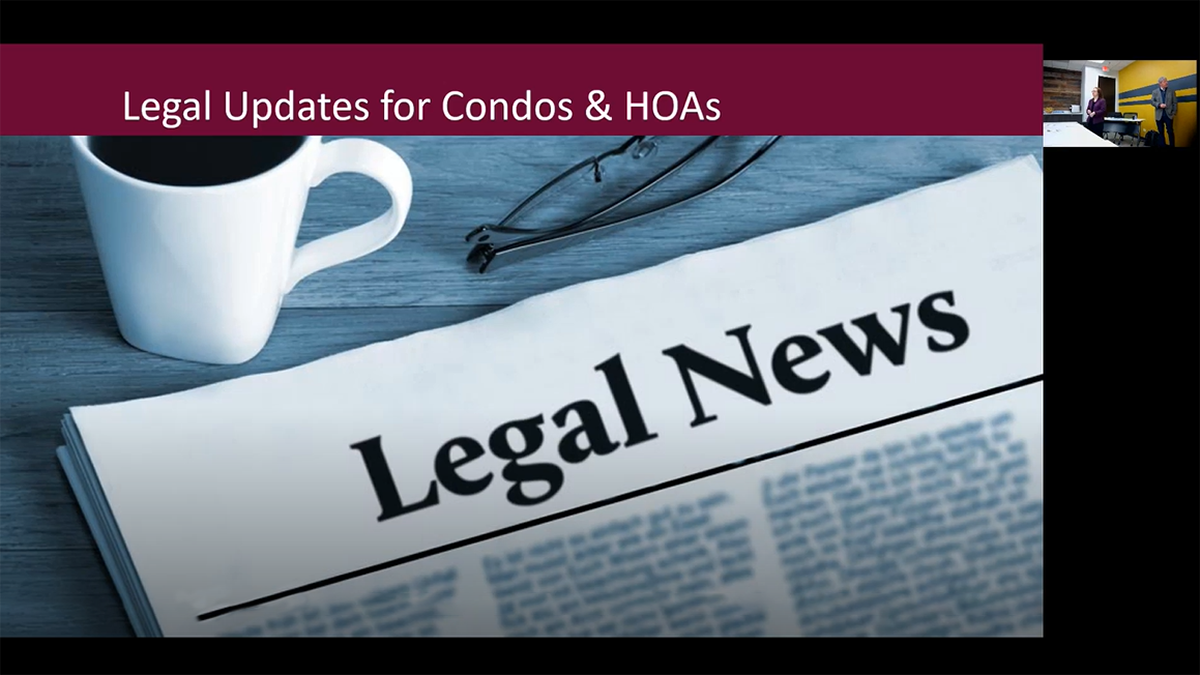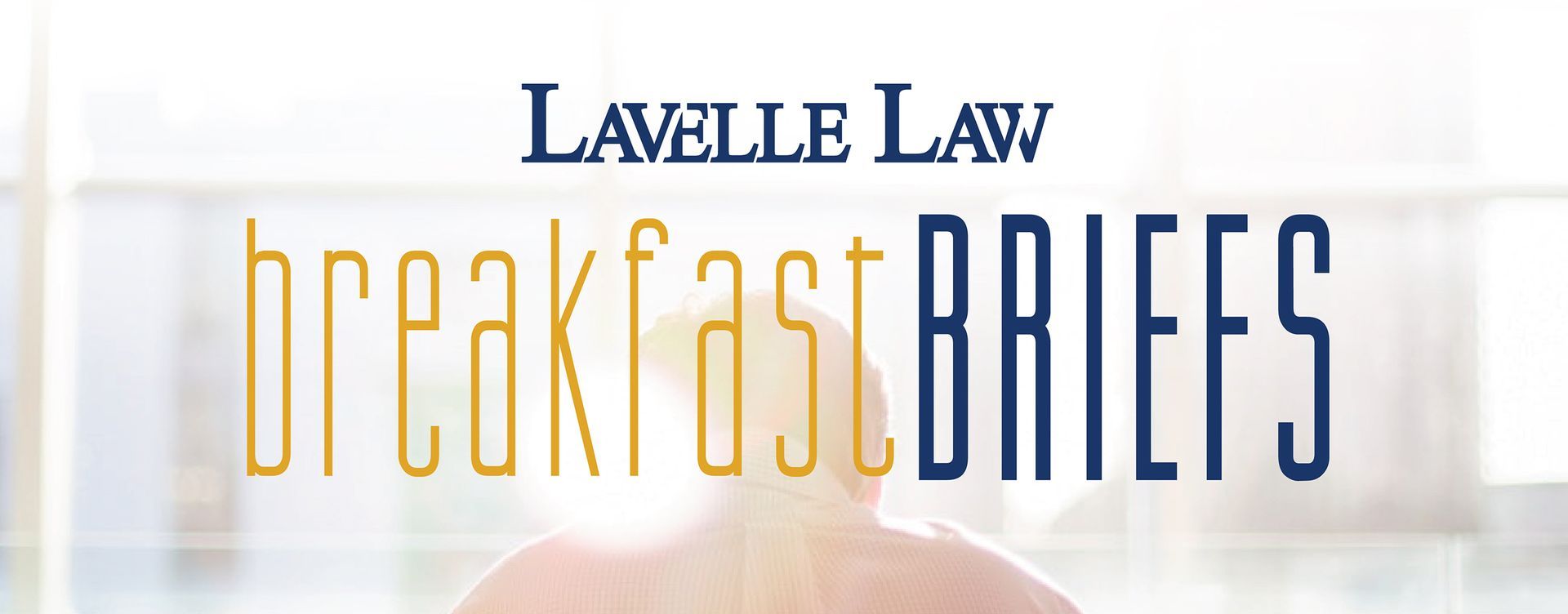Paycheck Protection Program Flexibility Act of 2020 Enacted into Law
Steven A. Migala and Nataly Kaiser • June 10, 2020
The Paycheck Protection Program Flexibility Act of 2020 (“Act”), H.R. 7010, was signed into law on June 3, 2020, and serves as an update to several provisions of the Paycheck Protection Loan Program originally enacted under the CARES Act (H.R. 748) in March. See full text of H.R. 7010 here:
https://www.congress.gov/116/bills/hr7010/BILLS-116hr7010enr.pdf.
The key provisions of the Act include an extension of the covered period for the loan and use of funds under the PPP Program, as well as the ability for borrowers to now defer payroll taxes under Section 2302 of the CARES Act.
Extension of PPP Loan Maturity.
Effective on the date of enactment, Section 2 of the Act extends the maturity date on Small Business Association (“SBA”) PPP loans from two (2) years to a minimum maturity of five (5) years. This Section applies to any loan made pursuant to Section 7(a)(36) of the Small Business Act (15 U.S.C. 636(a)(36)). See H.R. 7010, Sec. 2.
Extension of PPP Loan Covered Period.
Section 3(a) of the Act extends the covered period under the PPP Loan Program from June 30, 2020 to December 31, 2020. See H.R. 7010, Sec. 3(a). The ‘Covered Period’ is now from February 15, 2020 to December 31, 2020, and the term is used throughout the language of the PPP Loan program text for further defining other terms such as:
- Covered Loan, means a loan made under this paragraph during the covered period (15 U.S.C. 636(a)(36)(A)(ii), H.R. 748, Section 1102.);
- Payroll Costs, means … the sum of payments of any compensation to or income of a sole proprietor or independent contractor that is a wage, commission, income, net earnings from self-employment, or similar compensation and that is in an amount that is not more than $100,000 in 1 year, as prorated for the covered period (15 U.S.C. 636(a)(36)(A)(viii)(bb), H.R. 748, Section 1102.); and
- Allowable Uses of Covered Loans during the covered period. (15 U.S.C. 636(a)(36)(F), H.R. 748, Section 1102.)
Extension of Deadline to Use Loan Proceeds.
Section 3(b) of the Act extends the “covered period” for loan forgiveness from the original 8-week period from the date the loan is disbursed to the earlier of 24 weeks after the loan is disbursed or December 31, 2020. H.R. 7010, Sec. 3(b). Under the PPP Loan Program, the amounts eligible for forgiveness are limited to those expenses paid and incurred during the covered period. See H.R. 748, Sec. 1106(b).
Exemption Based on Employee Availability.
Section 3(b) of the Act also provides that the amount of loan forgiveness shall be determined without
(emphasis added) regard to the proportional reduction in the number of full-time equivalent employees if a borrower in good faith is able to document:
- an inability to rehire former employees or similarly qualified employees for unfilled positions on or before December 31, 2020; or
- an inability to return to the same level of business activity as before February 15, 2020, due to compliance with guidelines issued by the Secretary of Health and Human Services, the Director of the Centers for Disease Control and Prevention, or the Occupational Safety and Health Administration. See H.R. 748, Sec. 1106(d).
Modified Requirement to Spend 60% of Loan Proceeds on Payroll Costs.
Section 3(b) of the Act also reduces the amount required to be spent on payroll costs from 75% to 60%, freeing up more loan proceeds for expenses such as rent and utilities. See H.R. 748, Sec. 1106(b).
Payroll Tax Deferral.
Section 4 of the Act now enables all PPP borrowers to qualify for the payroll tax deferral allowed under Section 2302(a) of the CARES Act. See H.R. 7010, Sec. 4.
If you have any questions about the Paycheck Protection Program Flexibility Act of 2020, contact Steven Migala at smigala@lavellelaw.com
or Nataly Kaiser at nkaiser@lavellelaw.com. They can also be reached at 847-705-7555.
More News & Resources
Lavelle Law News and Events

The Illinois General Assembly enacted Public Act 1738, amending several provisions of the Illinois Code of Civil Procedure to raise debtor exemption limits effective 1.1.26. The new law provides expanded protection for residents, marking the most significant increase to the state’s exemption statutes in over a decade.










